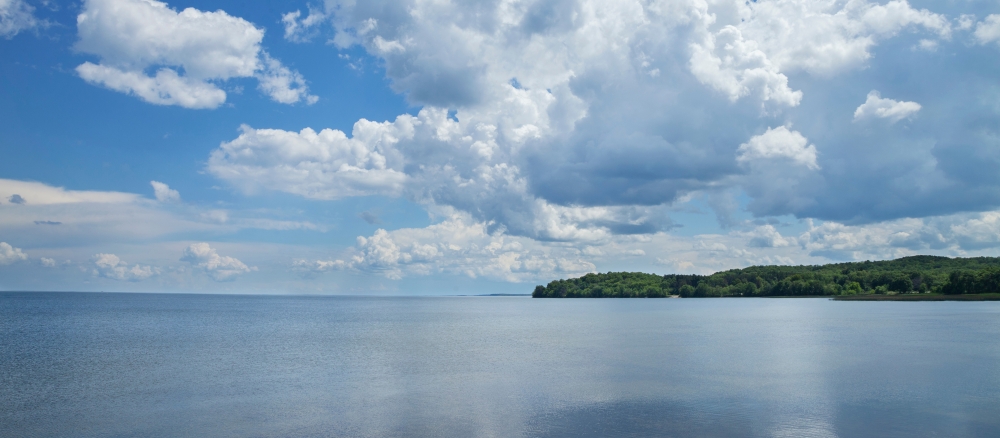The Rum River watershed covers 997,060 acres in east-central Minnesota. The watershed lies within both the Northern Lakes and Forests and North Central Hardwoods Forest ecoregions. Parts of Aitkin, Crow Wing, Morrison, Mille Lacs, Kanabec, Benton, Isanti, Chisago, Sherburne, and Anoka counties are in the Rum watershed. The headwaters for the Rum begin at Mille Lacs Lake. and the river flows 145 miles to its confluence with the Mississippi River at Anoka.
The Rum River watershed includes 212 lakes that are over 10 acres in size. Land use in the Rum River watershed is 39% agricultural, 24% forested, 18% grass/shrub/wetland, and 15% water.
Only a handful of lakes do not meet water quality standards for beneficial uses, such as aquatic recreation, drinking, and swimming. The main lake pollutant is phosphorus, causing algae blooms in summer months. The Rum River is designated as a "wild and scenic river." The upper river valley has one of the highest concentrations of prehistoric sites in Minnesota.
Monitoring and assessment
Biological, chemistry and flow monitoring occurred in 2013 on several key stream reaches throughout the watershed. Volunteers and local government units, in addition to MPCA staff, conducted lake and stream monitoring on several key lakes throughout the watershed.
Strategy development for restoration and protection
- (MPCA approved 7/10/2017)
- (EPA approved 9/26/2017)
